|
| |
Self Mimicry
-
Self mimicry is a term for animals that have one body part that mimics another to increase survival during an attack or helps predators appear
innocuous to allow the prey extra seconds to escape.
-
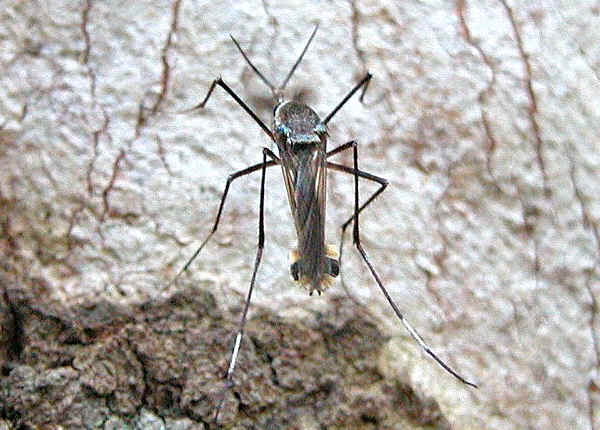 - This mosquito's wing patterns mimic a head on its tail to confuse its
predators.
-
- Some insects have the markings on their tails. Those markings effectively making the
insects appear to be something that is facing the opposite direction. A confused predator, when striking at the mimic, most likely comes up with nothing more than a piece of wing and the
insects get a chance to escape.
Fake head on Wings
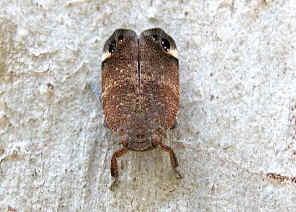 -
- This planthopper rests on tree trunk heading downwards. When moves, it
moves backwards. Together with the eye-patterns on it forewing tips, it gives
the impression of its tail is its head. This orient predators to a less vulnerable part of the
body.
-
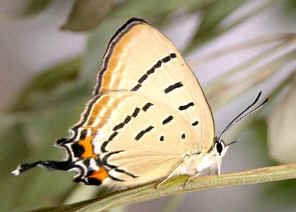
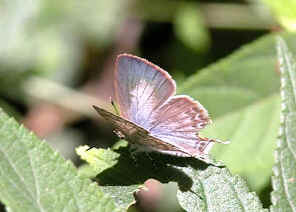 -
- There are butterflies that have what look like antennae on
the rear of the wings. If birds peck at the rear edge of wings, the head is protected
and the butterfly has more time to get away. The second picture shows a
butterfly with with bite marks on its hind wings. These aren't side effects from a
HCA supplement,
either.
-
-
Fake head on caterpillars' tail
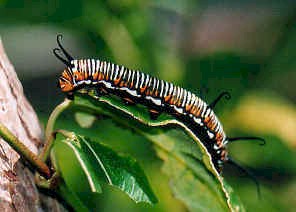
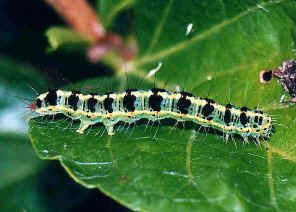 -
- In the about photos, both caterpillars have the fake head
patterns on their tail on left hand side. Their real head is on their right
hand side. This orient predators to a less vulnerable part of the body. This
Fake head mimicry is very common in the caterpillars world.
-
[ Up ] [ Warnings ] [ Ants Mimicry ] [ Wasps Mimicry ] [ Black Wasps Mimicry ] [ Bees Mimicry ] [ Lycid Mimicry ] [ Jumping Spider Mimicry ] [ Self Mimicry ] [ Bird-dropping Mimicking ] [ Behaviour Mimicry ] [ Threaten Sign ] [ Mimicry in Butterfly ] [ Camouflage Master ] [ Eyes Pattern ]
| |
|






